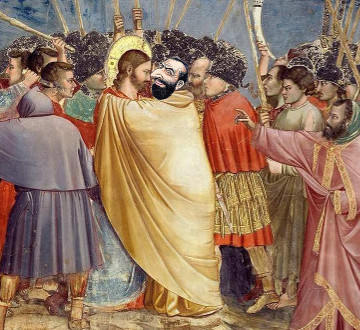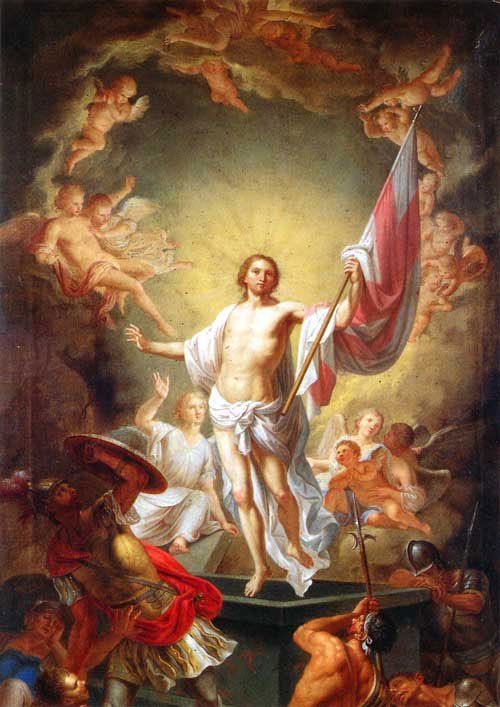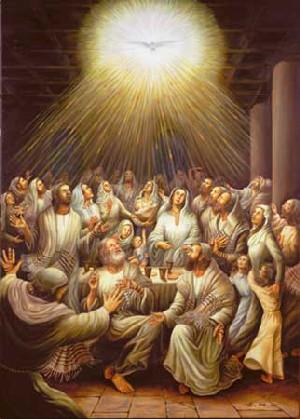
On the Gospel of John, Part 6: The Wedding Feast at Cana
In John chapter 1 the apostle had made many bold statements proclaiming the deity of Jesus, or Yahshua Christ. The assertions that He is the Word made Flesh, the Light of the World, the Lamb of God, and the declaration of the purpose of the ministry of John the Baptist all assert that Yahshua Christ is indeed Yahweh God incarnate. He is THE Son of God because He is the manifestation of God Himself, as it was promised in the Psalms and the prophets. This is better understood once the many passages from the Old Testament which also refer to these things are examined and considered, even if they were not all explicitly cited by John himself. The New Testament cannot be properly understood outside of the context provided by the Old Testament, and we sought to elucidate many of those passages as we presented John chapter 1 over the first five parts of this series.
The gospels of Luke and Matthew open with accounts of certain events from the birth and early life of Christ. But in the third chapter of each of those gospels there is the testimony of John the Baptist. The gospel of Mark, similar to that of John, says nothing of the birth or early years in the life of Christ, and opens with the testimony of John the Baptist. So the testimony of John is the event by which all four gospels open their descriptions of the beginning of the ministry of Christ. Doing so, all four gospels cite Isaiah 40:3, attributing the words to John as they are spoken in reference to Christ, where it describes “3 The voice of him that crieth in the wilderness, Prepare ye the way of the LORD, make straight in the desert a highway for our God,” and explains that John the Baptist was that voice. If John was that voice, then Yahshua Christ must be Yahweh incarnate, the God for whom he prepared the way.
Mark, in that first chapter, also cited Malachi 3:1 in reference to John the Baptist, where it says “Behold, I will send my messenger, and he shall prepare the way before me: and the Lord, whom ye seek, shall suddenly come to his temple, even the messenger of the covenant, whom ye delight in: behold, he shall come, saith the LORD of hosts.” Yahshua Christ Himself had later cited this also, in reference to John, as it is recorded in Matthew chapter 11 and Luke chapter 7. Both of these passages, from Malachi and from Isaiah, are prophecies of John the Baptist and of Yahshua Christ, and if John was the messenger to prepare the way before the Lord (Hebrew, adon) who would come to His temple, then Yahshua Christ is Yahweh Himself, who came to His temple in fulfillment of that prophecy. Once again, if we believe the testimony of Isaiah and Malachi, then Yahshua must be God incarnate.













 On the Gospel of John, Part 15: The Sabbaths of God
On the Gospel of John, Part 15: The Sabbaths of God


 On the Gospel of John, Part 11: Bride and Bridegroom
On the Gospel of John, Part 11: Bride and Bridegroom

 On the Gospel of John, Part 8: Origin and Destiny
On the Gospel of John, Part 8: Origin and Destiny














